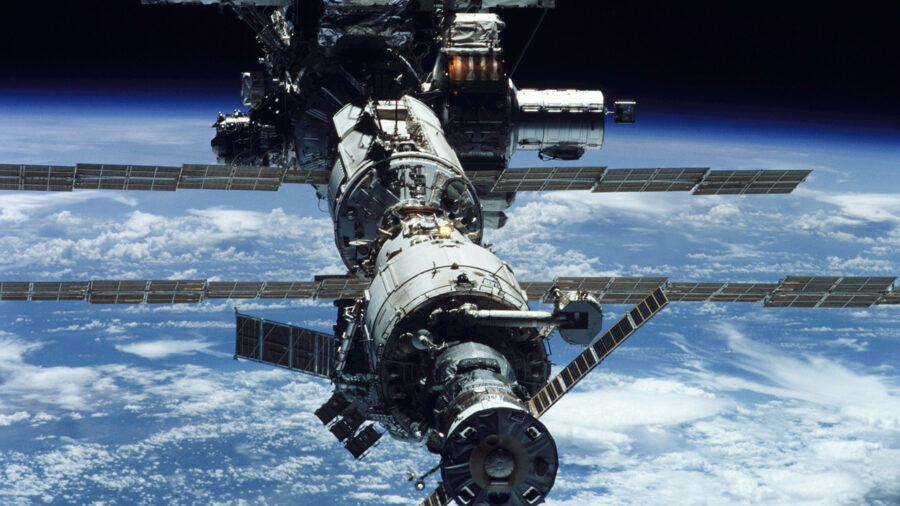NASA Planning To Destroy The International Space Station?
NASA is developing a spacecraft capable of pulling the International Space Station to a controlled destruction point in Earth’s atmosphere.

NASA wants to develop a spacecraft capable of pulling the International Space Station to a controlled destruction point in Earth’s atmosphere. The plan was revealed within the 2024 federal budget request from the White House. The $27.2 billion allocated to NASA included $180 million to initiate the development of a new “space tug.”
The device would safely deorbit the International Space Station over the ocean when its active life ends in 2030. More details emerged during a NASA press conference detailing the proposed budget. “[The] cost estimate we had was a little short of $1 billion,” Human Spaceflight Chief Kathy Lueders explained via Space.com.
However, the requested cash to build the device still needs to be approved by Congress. Fortunately, the U.S. will receive help from existing space partners like Russia, Europe, Canada, and Japan. The tug will supplement their plans to bring down the International Space Station safely. The current procedure relies on engine burns by robotic cargo vehicles from Russia.
“We are continuing to work with our Russian counterparts on how to deorbit safely with the Progress cargo vehicles,” Lueders said via Gizmodo. NASA is also developing U.S. capability to better aid the targeting and safe return of the International Space Station. Additionally, Russia said it would like to leave the space partnership early to build its outpost in low Earth orbit.
Moreover, Russia’s cargo vehicles and crewed Soyuz spacecraft have experienced leaks, making their reliability questionable in recent years. Along with bringing down the International Space Station, NASA revealed its other space plans in a press release. This includes building on the successful Artemis I mission, which will pave the way to boost presence on the Moon.

The money will also enable unprecedented lunar exploration activities by sending astronauts to the Red Planet through NASA’s Moon to Mars exploration approach. The funding will sponsor a U.S.-led Mars Sample Return mission to return rock and soil samples to Earth. The endeavor will expand the planet’s knowledge of the solar system and pave the way for further exploration.
Despite the exciting new ventures, decommissioning the International Space Station is a pretty big deal. The program evolved from a 1984 American proposal called Space Station Freedom, which detailed constructing a permanently crewed Earth-orbiting station. It is the ninth space station to be inhabited by crews, after the Soviet Salyut Almaz and Mir stations and Skylab from the United States.
The International Space Station is the largest manufactured object in the solar system and the most extensive satellite in low Earth orbit. As such, it is regularly visible with the naked eye from the planet’s surface, maintaining a trajectory with an average altitude of 250 miles. It circles the Earth in approximately 93 minutes, completing 15.5 orbits per day.
Intergovernmental treaties and agreements between Russia, Japan, Europe, and Canada establish the ownership and use of the International Space Station. It also serves as a microgravity and space environment research facility where scientists conduct experiments in astrobiology, astronomy, meteorology, and physics.












